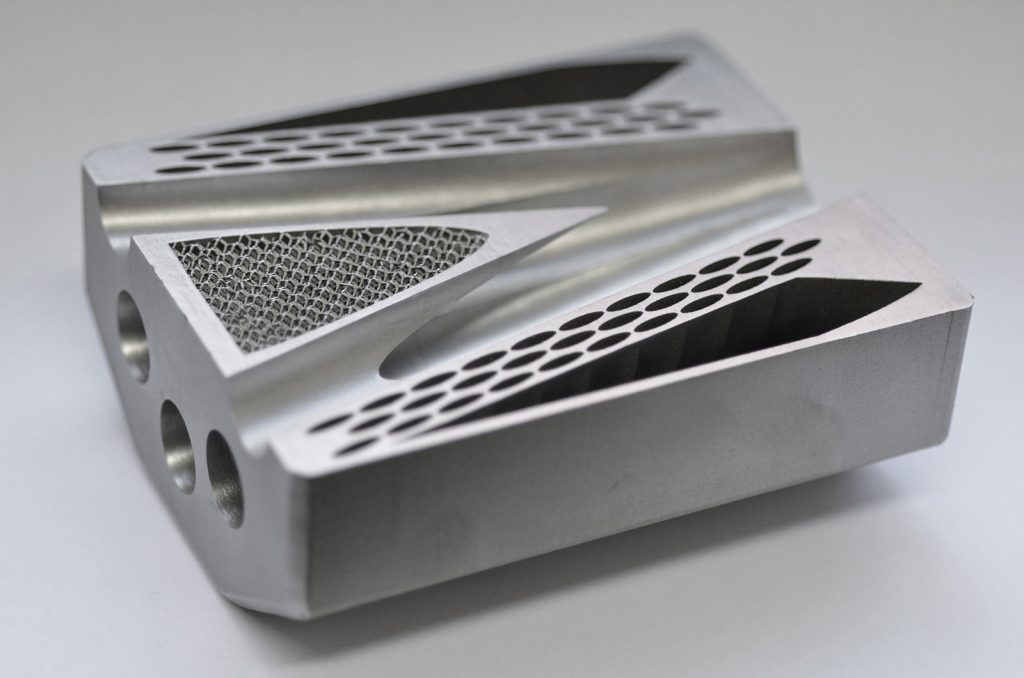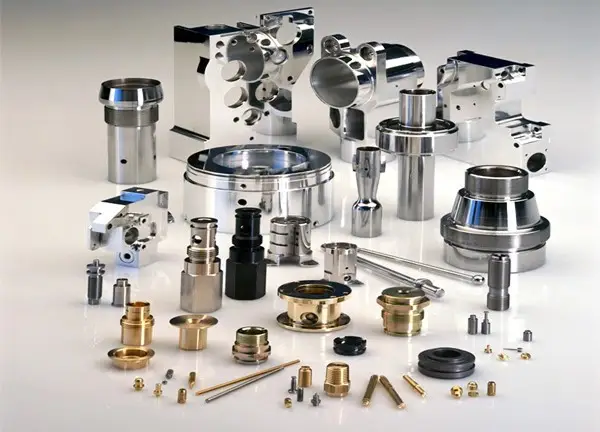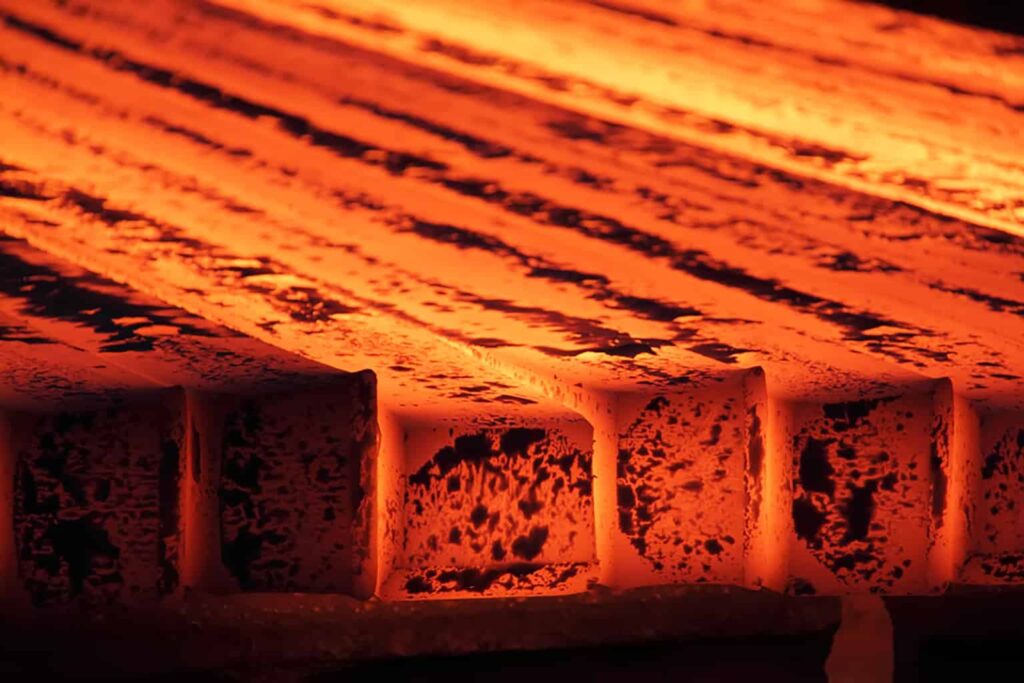Design for Assembly (DFA): Reducing Costs in Product Development
Introduction In today’s highly competitive manufacturing landscape, companies are under constant pressure to reduce costs while maintaining product quality and performance. Design for Assembly (DFA) is a systematic design approach that simplifies product assembly by minimizing part count, reducing assembly time, and streamlining manufacturing processes. By integrating DFA principles early in product development, organizations can […]
Design for Assembly (DFA): Reducing Costs in Product Development Read More »




